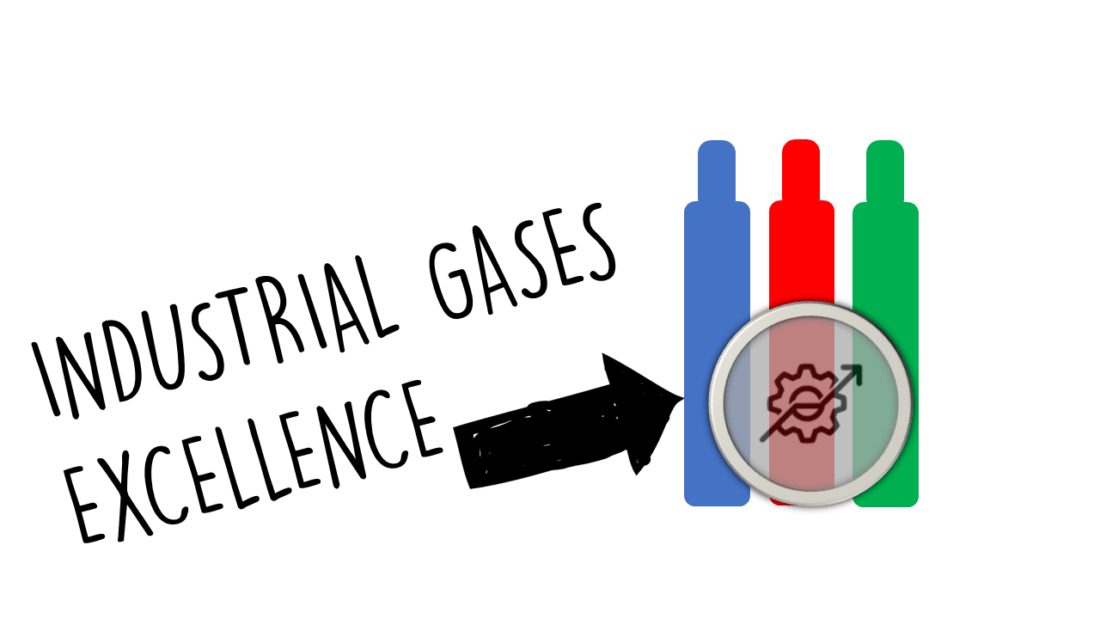I. Problem
The industrial gases sector, a critical component of various industries including healthcare, food and beverage, and manufacturing, has been significantly impacted by the economic downturn from 2020 to 2023. The global economic climate during this period was characterized by a series of unprecedented events that led to a severe contraction in economic activities. The COVID-19 pandemic, geopolitical tensions, trade wars, and fluctuating oil prices were among the key factors that contributed to this downturn.
The industrial gases industry faced numerous challenges during this period. Demand for industrial gases fell as industries such as manufacturing, metallurgy, and chemical processing experienced slowdowns due to lockdown measures and supply chain disruptions. Additionally, the industry grappled with operational challenges due to restrictions on movement and social distancing measures.
II. Impact
The effects of the economic downturn on the industrial gases industry were far-reaching. Companies in the sector experienced reduced revenues due to decreased demand for their products. This led to job losses and cost-cutting measures as firms sought to stay afloat amid the challenging economic conditions.
Moreover, investment in research and development (R&D) activities was curtailed as companies prioritized survival over innovation. This could potentially have long-term implications for the industry’s growth prospects as R&D is crucial for developing new products and improving existing ones.
Furthermore, the industry’s supply chain was severely disrupted due to lockdown measures and restrictions on international trade. This led to increased costs for companies as they had to find alternative suppliers or pay higher prices for raw materials.
III. Solution
Despite these challenges, there are several strategies that companies in the industrial gases sector can adopt to navigate through the current economic climate.
Firstly, companies can focus on diversifying their product portfolio to cater to industries that have remained resilient during the downturn such as healthcare and food processing. For instance, demand for medical oxygen has surged due to the COVID-19 pandemic.
Secondly, firms can leverage digital technologies to optimize their operations and reduce costs. Technologies such as artificial intelligence (AI) and machine learning can be used for predictive maintenance of equipment, thereby reducing downtime and maintenance costs.
Thirdly, companies can explore partnerships or mergers with other firms in order to consolidate their market position and achieve economies of scale. This could help them weather the downturn more effectively by sharing resources and reducing competition.
By adopting these strategies, companies in the industrial gases sector can mitigate the impact of the economic downturn on their operations. Diversifying their product portfolio can open up new revenue streams while leveraging digital technologies can enhance operational efficiency.
Furthermore, partnerships or mergers can provide financial stability during these challenging times by pooling resources and reducing competition.
Conclusion
In conclusion, while the economic climate from 2020 to 2023 posed significant challenges for the industrial gases industry, it also presented opportunities for firms willing to adapt and innovate. By diversifying their product portfolio, leveraging digital technologies, and exploring partnerships or mergers, companies in this sector can navigate through these turbulent times and emerge stronger.




